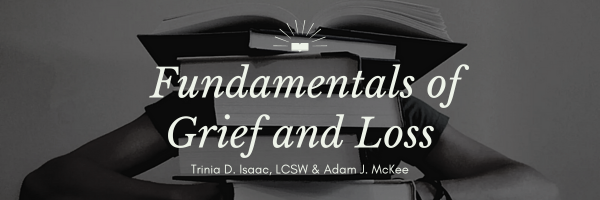Section 6, “Special Topics in Grief and Loss,” ventures into the nuanced terrains of mourning, addressing specific circumstances and types of loss that present unique challenges to those left behind. This section aims to broaden the understanding of grief beyond conventional contexts, shedding light on the complexities and diverse experiences that individuals may encounter. Each subsection delves into a different facet of grief, recognizing that the path to healing is not uniform and that certain losses evoke distinct responses and necessitate specialized support.
In 6.1, “Suicide and Grief: Navigating the Aftermath,” we explore the profound and often complicated grief following the loss of a loved one to suicide. This subsection addresses the whirlwind of emotions, stigma, and questions that can overwhelm survivors, highlighting the need for compassionate guidance and support in navigating such a devastating loss.
“Disenfranchised Grief: When Loss Is Not Socially Recognized,” covered in 6.2, brings attention to the pain of losses that lack societal acknowledgment or validation. From the mourning of a distant relative or colleague to the grief over a lost pet, this part emphasizes the significance of recognizing and legitimizing all forms of grief.
Section 6.3, “Loss of Pets: Understanding the Impact,” acknowledges pets as cherished family members and delves into the deep sorrow that accompanies their loss. It underscores the importance of understanding the depth of attachment to pets and offers insights into supporting pet owners through their mourning process.
“Traumatic Loss: Strategies for Healing,” in 6.4, examines the aftermath of losses resulting from sudden, violent, or traumatic circumstances. This subsection provides strategies for coping with the shock and trauma, aiming to guide individuals toward healing and resilience.
Lastly, 6.5, “Grief and Substance Use: Coping Mechanisms and Interventions,” discusses the intersection of grief and substance use, recognizing that some may turn to substances as a coping mechanism. This part outlines interventions and support strategies to address both grief and substance use, advocating for integrated approaches to care.
Together, these sections offer a comprehensive exploration of grief’s less discussed aspects, advocating for a broadened perspective on loss and the varied paths to healing.
Section 6 SLOs
- SLO 1: Identify the varied emotional experiences and unique challenges faced by individuals grieving from suicide loss, disenfranchised grief, pet loss, traumatic loss, and those at risk of substance use due to grief.
- SLO 2: Explain the societal, psychological, and individual factors impacting grief in contexts of suicide, disenfranchised grief, pet loss, and the correlation between grief and substance use, highlighting the need for understanding and support.
- SLO 3: Discuss and evaluate the importance of professional support, societal understanding, and effective therapeutic approaches for managing the complexities of grief associated with suicide, disenfranchised losses, pet loss, traumatic events, and grief-related substance use.
- SLO 4: Describe and assess strategies and support systems that facilitate communication, healing, and recovery for those experiencing grief from suicide, disenfranchised grief, pet loss, traumatic loss, and those at risk of or dealing with substance use issues.
- SLO 5: Analyze and advocate for the role of memorializing, societal recognition, community awareness, and resilience-building in addressing and supporting the diverse experiences of grief, including the push for greater societal support for all forms of grief and the promotion of interventions tailored to specific needs.
Modification History File Created: 06/24/2024 Last Modified: 06/25/2024
You are welcome to print a copy of pages from this Open Educational Resource (OER) book for your personal use. Please note that mass distribution, commercial use, or the creation of altered versions of the content for distribution are strictly prohibited. This permission is intended to support your individual learning needs while maintaining the integrity of the material.
This work is licensed under an Open Educational Resource-Quality Master Source (OER-QMS) License.
